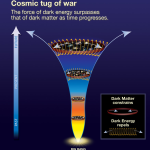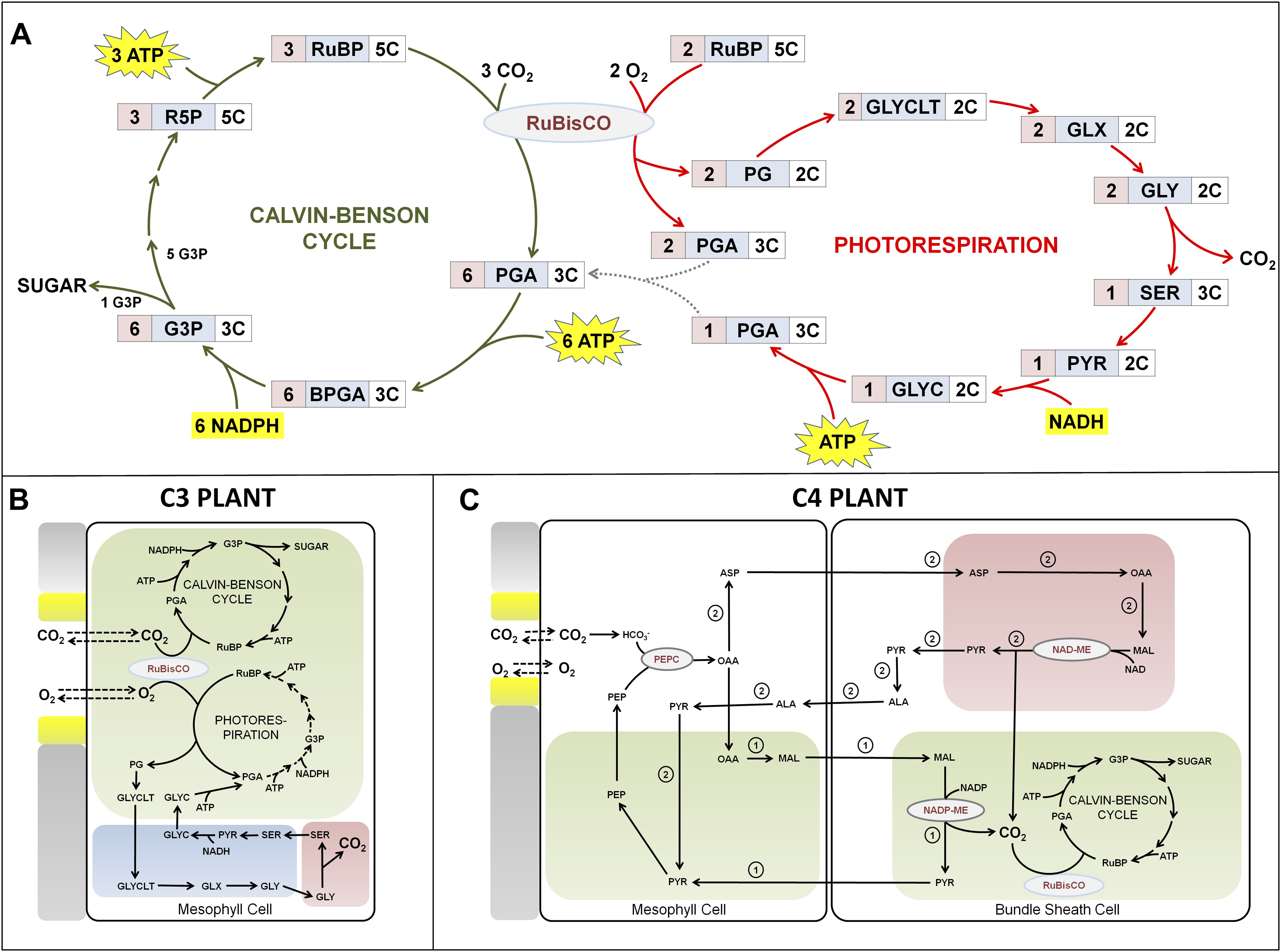Mini-lenses are revolutionizing the world of optics, offering a compact solution to the limitations of traditional lenses. Developed within the innovative research environment of Harvard’s Capasso lab, these groundbreaking devices are now being mass-produced for consumer electronics by startups like Metalenz. With the power to bend light through intricate arrangements of tiny pillars on a thin wafer, mini-lenses promise reduced size and cost, while maintaining high performance. Rob Devlin, a key player in this evolution, has helped propel this technology from lab experiments to real-world applications in popular devices such as the iPad and Samsung Galaxy S23 Ultra. As the demand for sleek and efficient optical technology continues to rise, mini-lenses stand at the forefront, spearheading the next wave of advancements in metasurfaces and optical innovations that are reshaping how we interact with technology.
Often referred to as miniature lenses, these compact optical devices are transforming the landscape of light manipulation. Their unique structure allows for significant advancements in how we design and integrate optical components into everyday consumer products. The innovative trajectory of these tiny lenses is primarily attributed to the research conducted in metropolitan laboratories, culminating in successful partnerships that boost their presence in the global tech market. As industries seek ways to enhance the efficacy of their products, the implementation of such miniaturized optical systems is becoming increasingly vital. These developments not only emphasize the importance of advanced optical technology but also illustrate the potential of metasurfaces to redefine consumer electronics.
The Rise of Mini-Lenses: Transforming Optical Technology
Mini-lenses represent a revolutionary approach in the realm of optical technology, paving the way for innovative products in consumer electronics. These devices, developed initially in research environments, have transitioned swiftly into mainstream markets, showcasing their utility in compact smartphones and cameras. Rob Devlin’s contributions to this field have catalyzed advancements that challenge traditional optics, such as bulky glass lenses, making way for user-friendly, efficient designs that can be mass-produced in semiconductor foundries.
With the integration of mini-lenses into devices like the iPad and Samsung Galaxy, the opportunities for enhanced functionality in consumer electronics are vast. The ability to produce millions of these lenses not only addresses market demand but also underscores the potential for future developments in metasurfaces. As these technologies evolve, they promise to transform everyday interactions with digital devices, making high-quality imaging more accessible and versatile.
From Research to Real-World Applications: The Legacy of Metasurfaces
The journey of metasurfaces from the Capasso lab to commercial production is a testament to the synergy between academic research and industrial application. Rob Devlin and his team at Metalenz have successfully leveraged this research to create products that exhibit remarkable capabilities in manipulating light. By optimizing the structuring of nanostructures, researchers demonstrated the power of metasurfaces to direct light precisely, which is increasingly crucial in a technology-driven world with rising demands for compact size and high performance.
Meta-lenses not only repurpose existing optical principles but also breathe new life into an industry that has remained relatively stagnant for decades. Their ability to fit into smaller spaces allows manufacturers to design sleeker devices without compromising functionality. This adaptation is vital in an era where consumer expectations are constantly evolving, and companies strive to deliver the next generation of consumer electronics with enhanced imaging and sensing capabilities.
Consumer Electronics Revolution: The Impact of Metalenz and Mini-Lenses
The arrival of mini-lenses has sparked a revolution in consumer electronics, particularly in the integration of advanced features traditionally limited by the size of optical components. Rob Devlin’s Metalenz has not only enabled the incorporation of these lenses in popular devices but has also set a new standard for what consumers should expect from their gadgets. As companies race to integrate the latest technologies, the inclusion of metasurfaces represents a shift towards more innovative design philosophies.
As consumer electronics manufacturers recognize the advantages of mini-lenses, their production and implementation in everyday devices will only increase. This evolution will not only enhance user experience through better imaging capabilities but also reduce costs as the technology becomes more ubiquitous. Devlin’s leadership at Metalenz positions the company as a frontrunner in this industry transformation, continuously innovating and responding to competitive pressures.
Polar ID: A Groundbreaking Advancement in Security Technology
Among the promising innovations emerging from Metalenz is the Polar ID system, which harnesses the power of light polarization to redefine security measures in smartphones. This technology capitalizes on the unique polarization signatures of individuals, presenting a solution that surpasses traditional facial recognition systems. With its compact size and low production costs, Polar ID is poised to make advanced security accessible to a broader range of consumer electronics, creating a safer user experience.
The potential applications for Polar ID extend beyond smartphones, suggesting that this technology could revolutionize security across multiple industries. From healthcare, where it could assist in the detection of skin cancer through imaging, to air quality monitoring, the adaptations of this innovation are immense. Rob Devlin emphasizes the significance of integrating such technologies into everyday products, demonstrating that metasurfaces can facilitate not only enhanced functionality but also critical advancements in safety and health.
The Future of Optical Technology: Continuing Innovations by Metalenz
Looking forward, the future of optical technology is bright, especially with firms like Metalenz leading the charge. Continuous advancements in metasurfaces promise to unlock new functionalities that were previously unimaginable. Rob Devlin’s proactive approach in expanding the company’s product offerings aims to maintain their competitive edge, ensuring that Metalenz remains at the forefront of optical innovation. The company’s collaborative roots with academic research provide a unique innovation pipeline that keeps them aligned with cutting-edge developments in the field.
As tech companies strive to introduce new features and enhance the capabilities of their devices, the mini-lenses and metasurfaces developed by Rob Devlin’s team will likely play an integral role. The relentless pursuit of performance improvements and novel applications will undoubtedly propel the evolution of consumer electronics, making optical technology more versatile and integrated into daily life.
Metalenz’s Growth Trajectory: Challenges and Opportunities Ahead
Since its inception in 2016, Metalenz has witnessed dynamic growth fueled by the increasing demand for its mini-lenses in various devices. However, navigating the competitive landscape poses both challenges and opportunities. Companies worldwide are striving to replicate the success of metasurfaces, and as a pioneer in the space, Metalenz must remain vigilant in its innovation efforts. The challenge lies in continuously enhancing product performance while managing production scales in parallel.
The next few years will be crucial for Metalenz, as they work on the release of new products like Polar ID while maintaining their existing manufacturing agreements. Devlin’s focus on collaboration with research institutions, particularly with the visionary Federico Capasso, serves as a key strategy to keep the company ahead of competitors. The ability to adapt quickly to market trends and technological advancements will ultimately determine the future success of Metalenz in the evolving field of optical technology.
The Role of Academia in Driving Technological Innovation
The relationship between academic research and entrepreneurial ventures like Metalenz illustrates the crucial role that universities play in technological advancement. As Rob Devlin’s story shows, innovations born within an academic lab can lead to substantial real-world applications that disrupt existing markets. The collaborative environment at institutions like Harvard encourages interdisciplinary approaches, fostering creativity and the cross-pollination of ideas that drive new industries forward.
As universities continue to invest in research initiatives that lead to breakthroughs in fields such as optical technology, the impact of these efforts will resonate beyond academia. By nurturing talents and ideas within the halls of learning, educational institutions can create a pipeline of technologies that not only refine existing industries but also lay the groundwork for entirely new market segments, positioning their alumni as leaders in tech innovation.
Optics Redefined: The Transition to Mass Production
The ability to transition from research-level assays to mass production is what sets successful optics startups apart, and Metalenz exemplifies this journey. By optimizing production methods for their mini-lenses, Metalenz has scaled its operations to meet the growing demand from consumer electronics manufacturers. This adaptation has transformed traditional manufacturing processes, enabling a quick turnaround and contributing to lower costs in the long run.
Moreover, the partnership with established semiconductor foundries has allowed Metalenz to leapfrog some of the challenges faced by startups in hardware manufacturing. The result is a seamless integration of cutting-edge optical technology into the latest consumer devices, demonstrating how innovation can evolve from theory into practical, widely-adopted applications. As the landscape of optical technology continues to evolve, the commitment to high-quality and cost-effective production will remain a driving force behind the industry’s advancement.
Innovation Through Collaboration: Metalenz and Harvard
Metalenz’s close association with Harvard University demonstrates the essential relationship between academic research and practical applications. This collaboration has allowed the company to access pioneering research in nanotechnology and optics, especially from the work done under Federico Capasso. The transfer of knowledge and expertise from the university to the startup environment is a model that underscores the vibrant ecosystem that nurtures technological innovations.
The innovative spirit fostered by this partnership not only expedites product development but also ensures that the technologies being put into production are at the forefront of scientific discovery. Such collaborations often result in breakthroughs that not only serve commercial interests but also have far-reaching implications for society, driving advancements that can improve lives and reshape industries.
Frequently Asked Questions
What are mini-lenses and how do they relate to metasurfaces in optical technology?
Mini-lenses, also known as metalenses, are innovative optical devices made up of a series of nanostructures that manipulate light in ways traditional lenses cannot. These metasurfaces, developed through advanced optical technology, are significantly smaller, cheaper, and easier to mass-produce compared to conventional curved lenses. Their unique design allows them to focus light more effectively, making them ideal for applications in consumer electronics.
How has Rob Devlin contributed to the advancement of mini-lenses for consumer electronics?
Rob Devlin played a crucial role in the development of mini-lenses as a graduate student, where he focused on experimenting with materials to enhance the functionality of metasurfaces. As the CEO of Metalenz, he has successfully led the commercialization of these mini-lenses, resulting in their widespread adoption in consumer electronics such as smartphones and tablets.
What applications do mini-lenses have in consumer electronics?
Mini-lenses, or metasurfaces, have a variety of applications in consumer electronics, particularly in improving camera functionalities. They are found in devices like the iPad and Samsung Galaxy S23 Ultra, where they enable advanced features such as facial recognition and 3D imaging. Additionally, their compact size allows for innovative designs in devices that have limited space for traditional lenses.
What is Polar ID and how does it utilize mini-lenses?
Polar ID is an innovative application that harnesses the capabilities of mini-lenses to enhance smartphone security. By using light polarization, this technology provides an additional security layer that is both cost-effective and compact. Unlike traditional polarization cameras, Polar ID achieves its objectives with a mini-lens measuring just 5 millimeters, making it accessible for widespread adoption in various devices.
How do mini-lenses improve traditional optical technology in devices?
Mini-lenses improve traditional optical technology by reducing size and cost while enhancing performance. Their design allows for the integration of complex optical functions into small form factors, thereby enabling advanced features in devices. For example, the use of metasurfaces in cameras facilitates more compact designs that maintain or even improve image quality and processing speeds.
What future developments can we expect from mini-lenses in optical technology?
The future of mini-lenses in optical technology looks promising. Ongoing research, particularly at institutions like Harvard under the guidance of Federico Capasso, is focused on new applications and enhancements for these devices. Innovations such as improved performance metrics and novel uses in areas like health monitoring and environmental sensing are anticipated as the technology continues to evolve.
| Key Point | Details |
|---|---|
| Rob Devlin’s Role | Rob Devlin helped develop mini-lenses as a graduate student and now runs Metalenz, producing millions for consumer electronics. |
| Innovative Design | Mini-lenses use tiny pillars on millimeter-thin wafers to bend light, offering a smaller and cheaper alternative to traditional lenses. |
| Mass Production | Metalenz has produced 100 million light-focusing metasurfaces, integrated into devices like iPads and smart phones. |
| Collaboration and Support | The startup benefits from cross-disciplinary collaboration initiated at Harvard, emphasizing the importance of academic research. |
| Applications | Metasurfaces enable 3D sensing, facial recognition, and potentially cheaper polarization cameras for smartphones. |
| Future Goals | Metalenz is working on Polar ID technology for enhanced security and new applications in skin cancer detection and air quality monitoring. |
Summary
Mini-lenses are revolutionizing the optical industry by allowing for smaller, cheaper, and more efficient lens designs. Thanks to innovative developments by startups like Metalenz, which originated from university research, mini-lenses are now embedded in popular consumer electronics. The journey from laboratory experiments to mass production showcases the potential of academic research to create groundbreaking technologies that disrupt traditional manufacturing processes. As Metalenz continues to innovate, the future looks bright for further advancements and applications of mini-lens technology.



